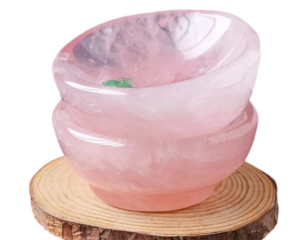Alexandrite, one among the most fascinating gemstones, belongs to the family of chrysoberyl. The most appealing quality of this gemstone is its ability to change colors based on the light source. It is appropriately called ‘emerald by day, ruby by night’. In daylight and while under fluorescent color, the gemstone color ranges from green to bluish green and in artificial lighting or warm glowing lighting, the gemstone turns to colors ranging from red to raspberry red. This gemstone is very expensive particularly if the quality is superior. However, since the stunning beauty of this gemstone attracts attention, there are many lab created alexandrites at affordable rates to win over the cross sections of the society.
If you are seeking to buy original alexandrite, you need to take into account the following factors so that you do not end up paying for lab-grown alexandrite. Before we go into the suggestions, it would do well to know what lab-grown alexandrite is.
Any gemstone grown in lab possesses the same crystal structure, chemical composition and hence it shares the same properties of the original gemstone for which it is an affordable and artificial representation. Similarly, lab-grown alexandrites possess the same physical and chemical properties of natural alexandrites. Hence, trying to distinguish between the two using standard gemological tests would be a futile exercise. This makes it all the more important to learn how to identify the difference between the two.
1) Color counts most when you have an alexandrite on hand for evaluation. If you are unsure if it is original alexandrite or an imposter, the first thing you need to consider is the color. The classical color change of alexandrite would be from green to purple. The green could be with a shade of blue and the purple color could have a dash of blue or red. Slight variations in the colors such as change from yellowish green to brownish red or orange are often seen and they are accepted as alexandrites. However, the purest version of alexandrite would be the change of color from green to purple. If the lighting conditions are not proper, you may not be able to see the color change exactly as mentioned even in the best of alexandrites. Hence, it would be better to look for a shade of emerald, forest green or teal when the gemstone is under daylight or fluorescent light to judge if it is natural alexandrite.
2) Study the stone to find out if there are inclusions. You can spot inclusions in natural alexandrite if you place the gemstone under magnifier. The inclusions could be small crystals that resemble black spots or small, elongated tubes.
3) Look at the surface of the gemstone. Some original alexandrite may contain fissures and they look like white lines that appear to be cracks on the gemstone.
4) Check if you can find anything inside the gemstone that resembles air bubbles. If yes, then you can be sure that you have a lab made alexandrite.
Always reach for reputed jewelry store when you look out for natural alexandrites. As lab produced alexandrites are very much similar to natural alexandrites, there are times when judgment could go wrong. It is not only a question of investment but also that of pride. You would not want to wear something that is a ‘look alike’ alexandrite without being aware of it. Hence, be knowledgeable on what to expect of alexandrite and how to identify it but reach out for the seller whom you trust the most to deliver.


























